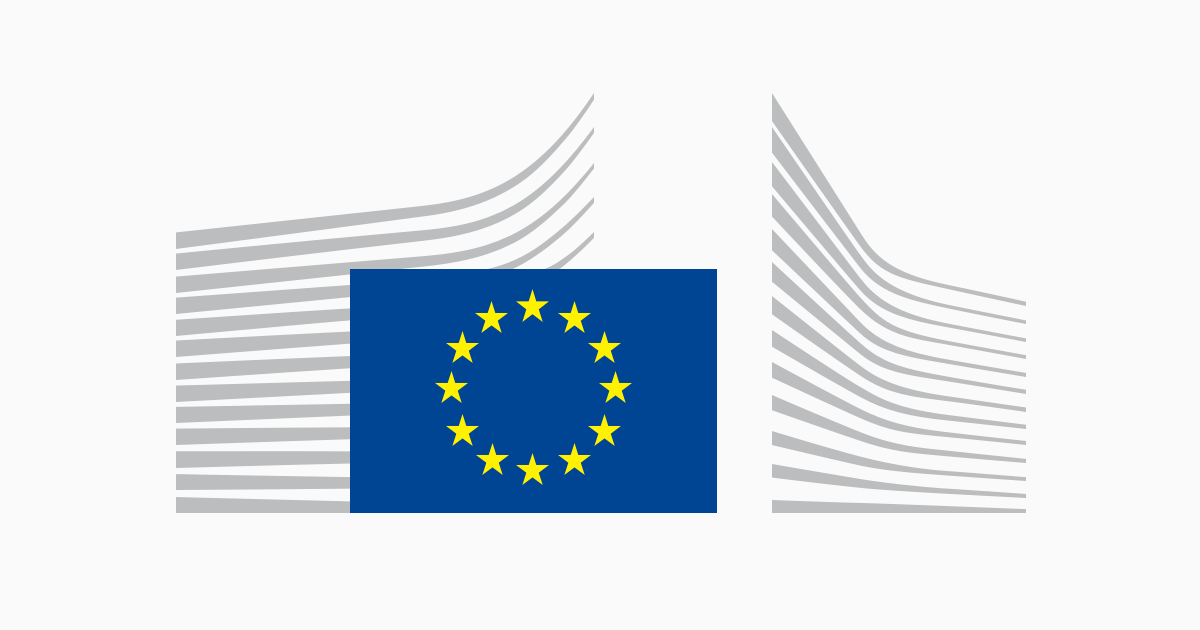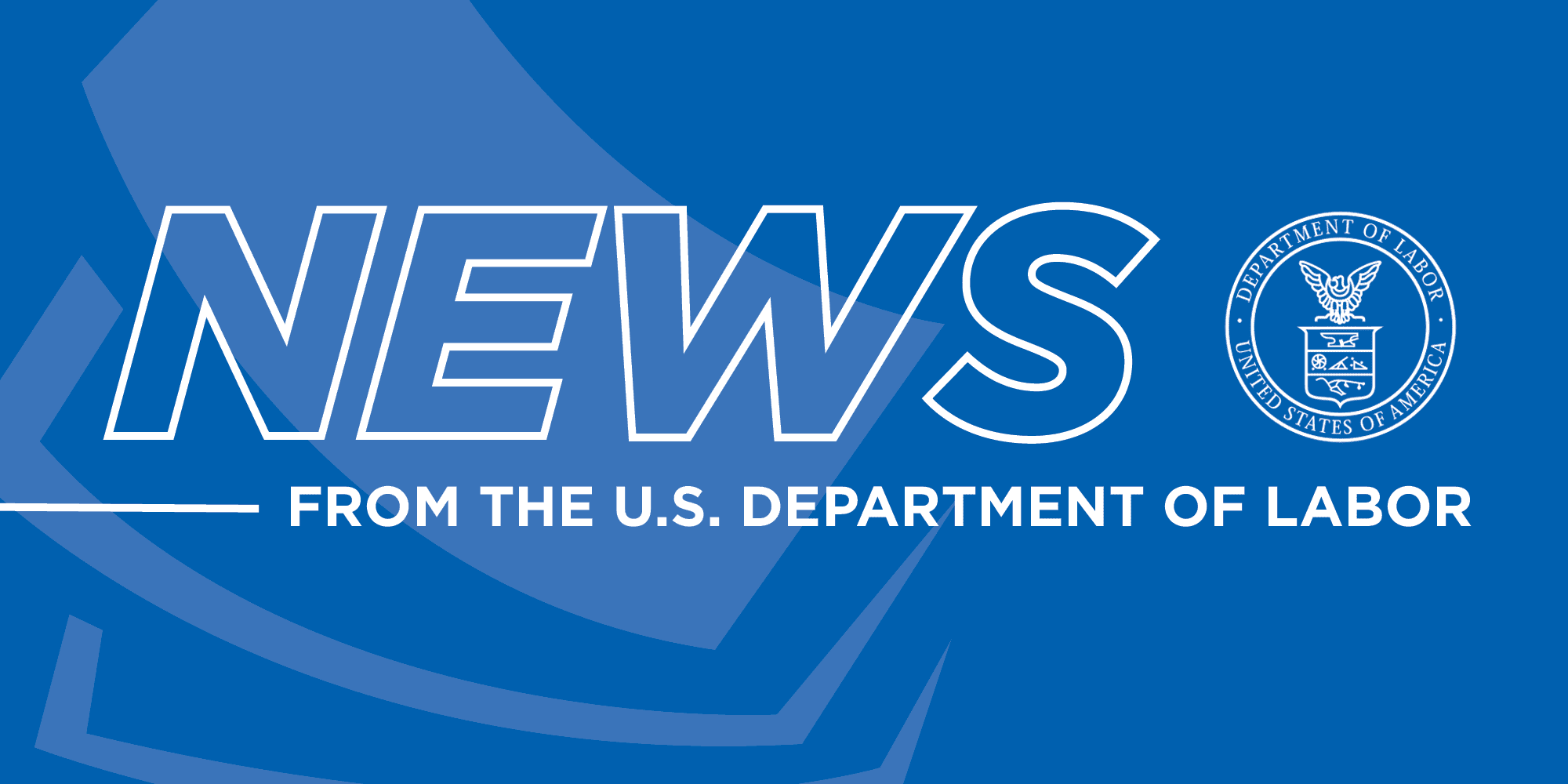The primary purpose of transportation investments is to accelerate economic growth. But research shows that although investment in roads contributes to
Between 1995 and 2015, the World Bank supported $161 billion in transport investments. Given these large investments, it is important to examine their impact by asking: Do roads promote economic development? And do all areas experience benefits of improved roads, or are benefits highly concentrated in certain areas?
In a working paper, we evaluate the impact of a Road Sector Development Program (RSDP) in Ethiopia. Since 1997, the country has invested over 266,209 million ETB, or over $5 billion, to improve approximately 130,000 kilometers of its road network and accelerate economic growth. Since the end of the 1990s, most areas of the country were not well connected to economic centers, isolating much of the population from markets and social services. To study the economic impact, we built a dataset of annual road upgrades on economic development, urbanization, and cropland area. Figure 1 illustrates the geographic spread of RSDP (Figure 1a) and the growth in the road network over time (Figure 1b). Given the large scope of RSDO, we relied on satellite imagery to provide measures of outcomes of interest. We rely on nighttime lights as a proxy for local economic development and an annual land cover dataset from the European Space Agency to capture urban land and cropland patterns. While outcomes from satellite imagery might be noisier than survey-based measures, they have the advantage of being available across the entire country, at relatively fine spatial resolution, and at regular intervals for the last 30 years.




